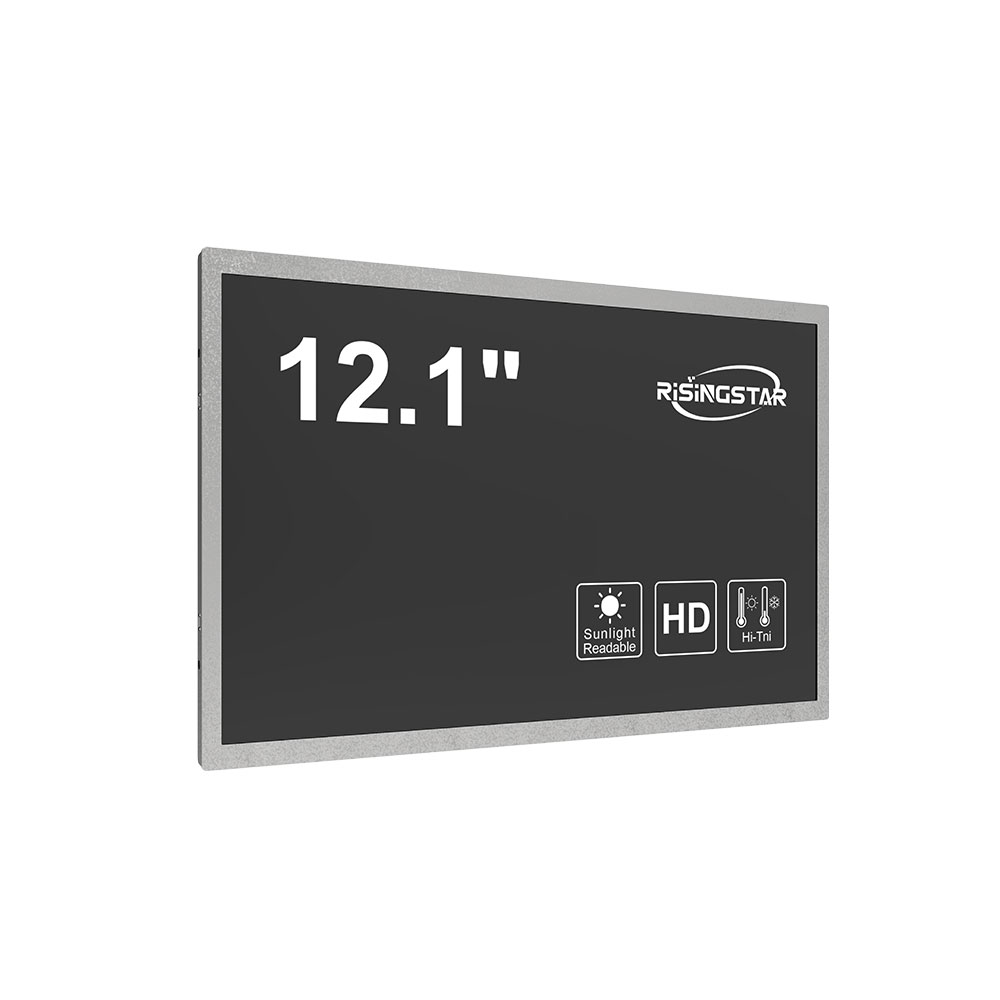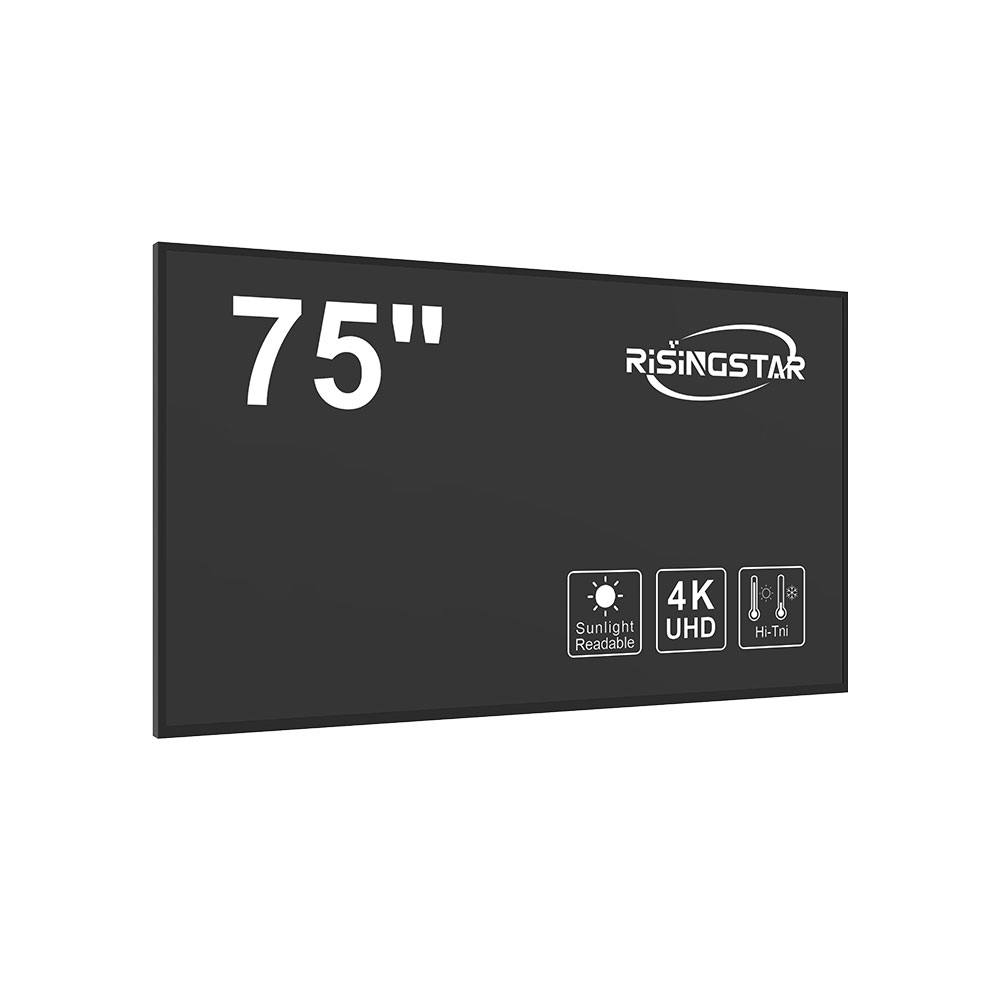- Home
- About Us
- Products
- News
- Video
- Contact
- Send Inquiry
Search
- Home
- About Us
- Products
- News
- Video
- Contact
- Send Inquiry

High-brightness sunlight-readable LCD displays are critical components in modern industrial, military, and transportation systems where visibility under direct sunlight is essential. These screens typically operate at brightness levels of 3,000 to 10,000 nits—far exceeding standard indoor LCDs that max out at around 500 nits. This enhanced luminance ensures content remains legible even under intense solar radiation, a requirement increasingly common in outdoor kiosks, vehicle dashboards, construction equipment, and defense systems.
Practical applications span across multiple industries. In the automotive sector, manufacturers like Bosch and Continental integrate these displays into electric vehicle (EV) infotainment systems to ensure drivers can read navigation or battery status in bright daylight. Similarly, in agriculture, tractors equipped with high-brightness LCDs from companies like John Deere allow operators to monitor field data without squinting. The military relies on ruggedized sunlight-readable displays for mission-critical operations—such as UAV control panels or battlefield command units—where readability can directly impact operational safety.
One major advantage of high-brightness LCDs lies in their energy efficiency compared to OLED alternatives. While OLEDs offer superior contrast, they consume more power when displaying white backgrounds—a frequent occurrence in outdoor interfaces. High-brightness LCDs use LED backlighting optimized for brightness and power management, often incorporating adaptive brightness control based on ambient light sensors. According to a 2023 study by the Society for Information Display (SID), such adaptive systems reduce power consumption by up to 35% while maintaining visibility.

However, challenges persist. A common issue is thermal stress: prolonged exposure to high temperatures can degrade liquid crystal alignment, leading to image retention or reduced contrast over time. To mitigate this, manufacturers now employ advanced thermal management techniques, such as passive heat sinks and low-power driving circuits. Another problem involves touch responsiveness in extreme conditions—high humidity, dust, or cold weather can impair capacitive touch sensors. Solutions include multi-touch overlays with resistive layers and IP67-rated enclosures for water and dust resistance.

The latest trend is the integration of HDR (High Dynamic Range) technology into sunlight-readable displays. For example, Sharp’s new 4K HDR outdoor display for smart city infrastructure supports dynamic contrast ratios up to 10,000:1, significantly improving visual fidelity in both bright and shaded areas. Additionally, AI-based ambient light adaptation algorithms—like those developed by LG Display—are being embedded directly into the display driver ICs to automatically adjust brightness and color temperature based on real-time environmental data.

In conclusion, high-brightness sunlight-readable LCDs are not just about brighter screens—they represent an engineering convergence of optics, materials science, and human factors design. As global demand grows—from solar-powered IoT devices to autonomous vehicles—these displays will continue evolving through innovations in materials (e.g., quantum dot backlights), manufacturing processes, and intelligent interface technologies. Their continued development is vital for enabling reliable, safe, and user-friendly digital experiences in any lighting condition.